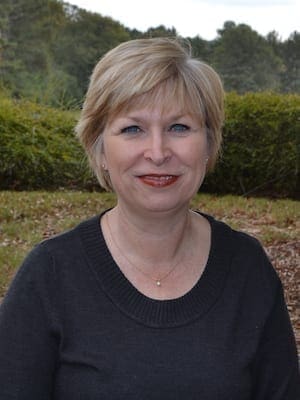The Radical Reformation, which occurred alongside Luther and Calvin’s reforms during the 16th century, produced a number of new religious groups. These groups were called “radical reformers” because they adopted the beliefs of other reformers and then took those beliefs further.
They preached that believers should separate themselves from secular activities, that church and state should be separate, and that baptism should occur during adulthood after a confession of faith. Their beliefs on baptism led to their enemies calling them Anabaptists, or “rebaptizers.”
Because of their practice of adult baptism, many of the 16th-century Anabaptists were wiped out by wars or genocidal programs—organized by various governments and by both Protestant and Roman Catholic churches.
A Dutchman named Menno Simons led one group of Anabaptists. Simons became an Anabaptist in 1535 and gathered a group of followers, the Mennonites. Simons advocated the “ban” in the church, which meant shunning non-conforming members. Mennonites could not do business or eat with members under the ban. This practice was discontinued after a few years.
In 1693, a Mennonite leader named Jacob Amman wanted to revive shunning and practice footwashing. Disagreement over these two issues led Amman and his followers to form a new group which took the name Amish.
Amish men and women migrated to the United States in the early 18th century. Many of them settled in Lancaster County, Penn. Other groups settled in Indiana, Iowa, Missouri and Ohio. The American Amish have attempted to preserve their distinctive culture, dress, language and religion, including the practice of adult baptism.
Adult baptism, as practiced by the Amish, occurs after teenagers who want to join the church attend special instruction classes. People from outside the faith can also go through this process, but about 90 percent of all new members descend from Amish parents.
During the classes, all candidates for membership study the 1632 Dordrecht Confession of Faith, which outlines basic Amish beliefs. After completing the classes, members of the congregation vote on whether or not to accept these candidates as brothers and sisters.
The approved candidates are baptized during a worship service, normally two worship services prior to the autumn communion. In a private meeting prior to the service, those who will be baptized are reminded that they are making a lifetime commitment, and they are given the opportunity to reconsider their decision. Occasionally, some of the candidates decide not to be baptized.
Following this meeting, the candidates enter the worship service. The young people are asked to kneel. The candidates are reminded of the promise they are making to God, and the church leader questions them about their faith and their desire to join the church. Once the questioning is completed and a commitment has been made to join the church, the candidate is baptized.
During the baptism, the bishop raises the candidate’s head, and a deacon fills a cup with water and pours it into the bishop’s hands. The bishop then pours the water onto the candidate’s head three times, in the name of the Father, the Son and the Holy Ghost.
Following the baptism, the candidates are helped to their feet, and the bishop, in the Pennsylvania German dialect, says, “In the name of the Lord and the Church, we extend to you the hand of fellowship. Rise up, and be a faithful member of the church.” The young men are greeted as members with the Holy Kiss, and the young women receive this blessing from a deacon’s wife.
The Amish baptismal experience is an emotional, moving event. It is also a very serious occasion, in which young people are asked to declare their commitment to the faith and to promise to abide by the congregation’s rules.
Expectations include marrying in the faith and assuming any duties that the church may ask of them. New members know that if they fail to meet expectations, they will be shunned.
Pam Durso serves as assistant professor of church history and Baptist heritage at Campbell University Divinity School in Buies Creek, N.C.

